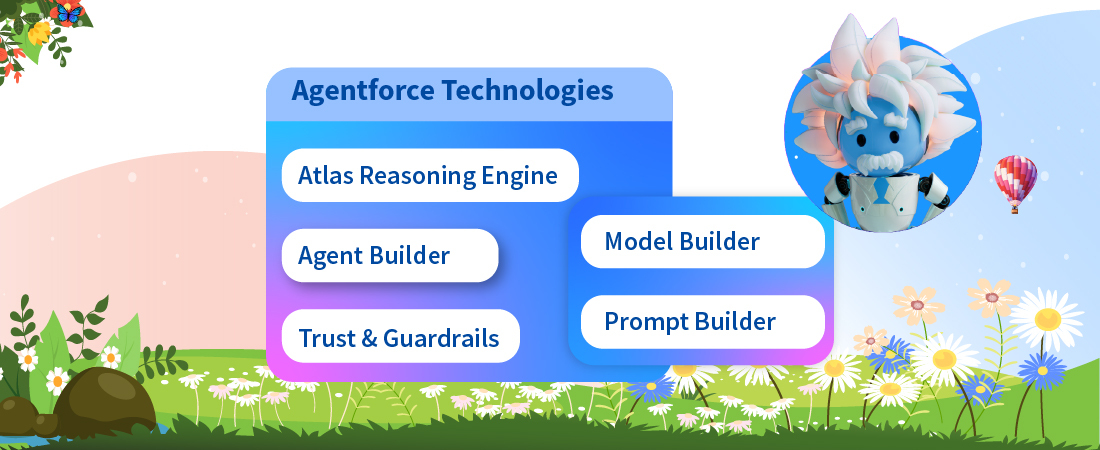With the zero-code development philosophy popularized by Salesforce, the topic of configuration versus customization often comes up. A leading cloud computing platform, Salesforce’ popularity has a lot to do with the fact that it is easy to customize and configure. In fact, to truly leverage the power of Salesforce it is important that it is customized to match corporations existing business process. While the CRM platform can be easily customized to meet business requirements, you might encounter a few roadblocks while initially navigating through this tool.
While the term’s customization’ and ‘configuration may sometimes be used interchangeably, there is quite a difference between the two, especially over the Salesforce platform. Primarily, the terms demarcate the changes that an admin can make to the Salesforce environment.
What is Customization?
Customization refers to the addition or inclusion of any feature or function that is not present in the default application environment. The extension of the base program to accommodate a business’ specific functions is referred to as customization. This is done through undertaking development in Visualforce. Through customization, businesses can build workflows, add a trigger on an object to initiate some action and initiate a different call to action.
What is Configuration?
You can manage configuration through the point-and-click mode of Salesforce. You can employ these declarative tools to configure the Salesforce platform that would be suitable for your business. It involves user defined values by adding new fields or formulae. For CRM purposes, marketing users can enable tabs specially to offer customer support.
Customization versus Configuration
When it comes to the difference between customization and configuration, the primary point is that configuration is easy to understand and therefore also easy to maintain or alter. One can make use of Salesforce’s point-and-click wizard to modify the functionality of the application and design a user interface based on the business logic. On the other hand, customization goes beyond the limitations of the metadata framework, which helps in configuration. Customization requires an in-depth knowledge of codes and programming in open-ended environments. Hence, only those possessing the technical skills can understand and make any changes to the Apex or the Visual force pages.
If you make a mistake while configuring your Salesforce environment, there is no threat or risk of any real damage. However, if an error takes place during customization, it is extremely difficult to locate and debug the problem. Therefore, an error in customization can result in the lapse of the entire CRM machinery.
Configuration can be the same in various businesses settings, while customization is entirely unique since it is initiated by a coder especially to suit the business requirement.
Does Your Business Need Customization or Configuration?
Before one decides whether your application needs customization or configuration, you need to assess whether the additional business processes that you wish to include are available in the configuration tools.
Conduct a deep analysis of your business and then classify the changes based on what can be configured rather than customized. Furthermore, remember to mind whether the changes that you wish to make are necessary for your business or are based on just whimsical desires. In the initial days of Salesforce implementation, it might be a cautious approach to undertake basic configuration rather than to go for massive customization. Once a decision has been made by engaging with the various stakeholders to implement some changes; to start with proceeding to break down business processes and attempt customization only when it is extremely necessary. Ideally, for minor changes, it is advised to use configuration over customization since it does not involve any coding or specific technical skills. However, this decision also depends on your Salesforce team and its capabilities in handling such technical matter. Also, one needs to factor in the business requirements that necessitate the need for configuration or customization.
Even though customization seems like an attractive option given the range of functions and degree of modifiability that it offers, it could be a poor point of start. When involving customization in your business, you need to gauge whether the Salesforce administrator can dabble with coding instead of simple point-and-click modifications. If the Salesforce administrator as is often the case is not comfortable with coding on Salesforce platform a corporation might need to put together a dedicated Salesforce development team. Another feasible option is to train your current administrative staff, given that the internet is a wealth of resource for learning and mastering Salesforce. You could even outsource this work to a third-party service provider.
Even though it is wiser to start the personalization process with configuration, customization could help in achieving the business objectives. Thus, one can get a clear idea that configuration is not enough and in certain cases, you might have to include customization. Both functionalities are equally important and the decision to use customization or configuration primarily rests on the business processes, technical skills of the staff, and what you wish to achieve through the modification.






